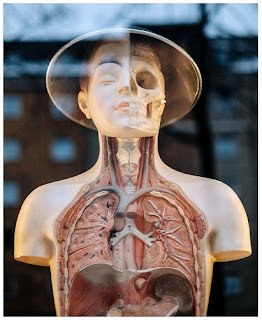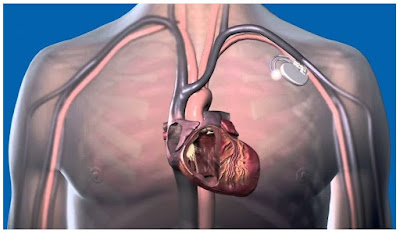The global audiological devices market is growing significantly due tointroduction of waterproof and wireless hearing aids, increasing need for aesthetically fabricated hearing aids, and increasing government initiatives to provide better healthcare services in the industry. Massive unexplored market in audiological devices industry of developing economies are creating ample opportunities for the audiological devices market to grow at a considerable rate during the forecasted years.
Request for Sample Copy of this Research Report At: https://www.psmarketresearch.com/market-analysis/audiological-devices-market/report-sample
Hearing impairment is usually due to genetic predisposition and chronic ear infection. Increasing prevalence of hearing problems is also fueling the growth of the market in the coming years. According to World Health Organization, globally approximately 360 million people were disabled with hearing loss in 2012.
On the basis of product type of audiological devices, the market can be categorized as hearing aids, diagnostic devices, bone anchored hearing aids, and cochlear implants. Hearing aids lead the market in terms of market size, as it is user friendly and comfortable; whereas, cochlear implants are expected to grow at a faster rate in the coming years due to technological advancement.
Types of hearing aids include receiver-in-the-ear aids, behind-the-ear (BTE) aids, canal hearing aids (in-the-canal, completely-in-canal, and invisible-in-canal), in-the-ear (ITE) aids, and others. Behind-the-ear aid is the most popular hearing aid, as it is efficient in treating wide extend of hearing loss and is majorly preferred by elderly people due to its easiness to handle and clean.
Geographically, Europewill be leading the global audiological devices market in the coming years, due to propitious reimbursement policies, increasing government support and introduction of innovative products. Asia-Pacific is the fastest growing region in the global audiological devices market. The major reasons for the fastest growth of audiological devices market in the region are increasing healthcare expenditure, large pool of patients, increasing government support, improving healthcare infrastructure, and increasing incidence of deafness in the region. Moreover, the audiological devices market is growing due to increasing awareness of healthcare in the emerging countries, such as India and China, of Asia-Pacific region.
Some of the companies operating in the global audiological devices market are Siemens Healthcare, Cochlear Limited, Widex A/S, Bernafon, Sonova Holdings AG, SeboTek Haring Systems, GN ReSound Group, William Demant Holding A/S, Beltone, and Starkey Hearing Technologies.
Request for Sample Copy of this Research Report At: https://www.psmarketresearch.com/market-analysis/audiological-devices-market/report-sample










